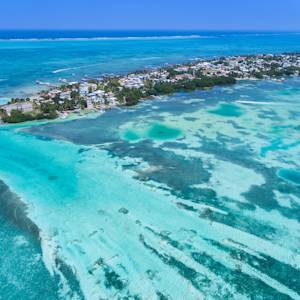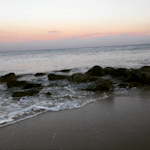Parks & Reserves: Pelagos Sanctuary for Mediterranean Marine Mammals
2002 CE • France, Italy, Monaco
"In the Mediterranean — one of the best-known, heavily utilized bodies of water around the world — a recent discovery provoked surprise and provided impetus for conservation. Large populations of eight marine mammal species, including several cetacean species, were discovered, supported by a permanent frontal system concentrating vast populations of zooplankton and other food sources. The presence of these spectacular mammals in such a heavily used area surprised the public and the scientific community alike. The confluence of this discovery, and heightened public awareness about a spate of marine mammal strandings resulting from disease and by-catch in the drift net fishery, has led to a drive to protect this newly discovered special feature. The governments of Italy, France, and Monaco made an unprecedented move to protect this high seas area by declaring it a marine mammal sanctuary called “Pelagos”."
Giuseppe Notarbartolo di Sciara, David Hyrenbach, and Tundi Agardy, "The Pelagos Sanctuary for Mediterranean Marine Mammals," Network of Conservation Educators and Practitioners, Center for Biodiversity and Conservation, American Museum of Natural History, Lessons in Conservation 2, 93.
Image: Jose Antonio at Italian Wikipedia, CC BY 3.0, via Wikimedia Commons
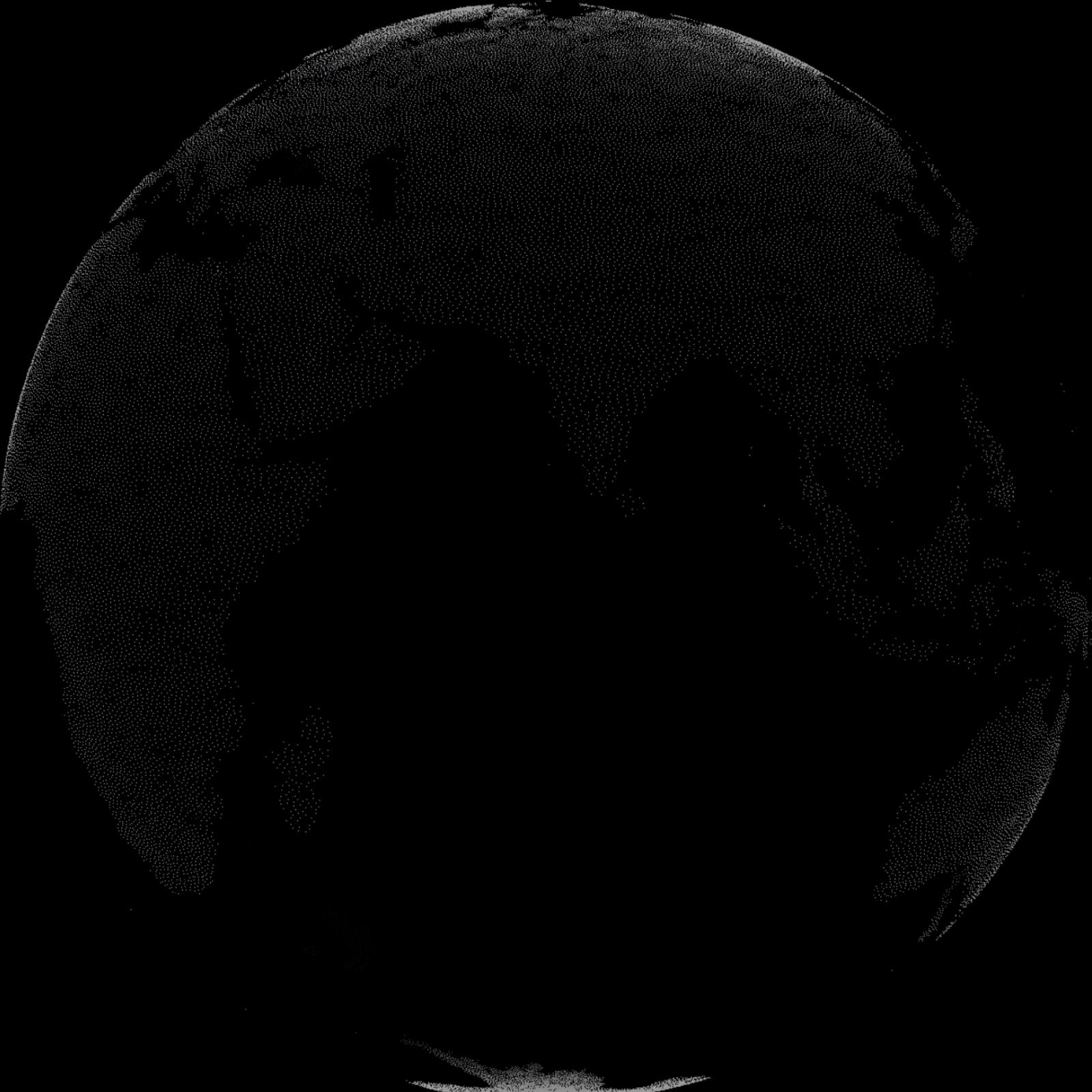

Learn about Maya Lin’s fifth and final memorial: a multi-platform science based artwork that presents an ecological history of our world - past, present, and future.

Discover ecological histories and stories of former abundance, loss, and recovery on the map of memory.
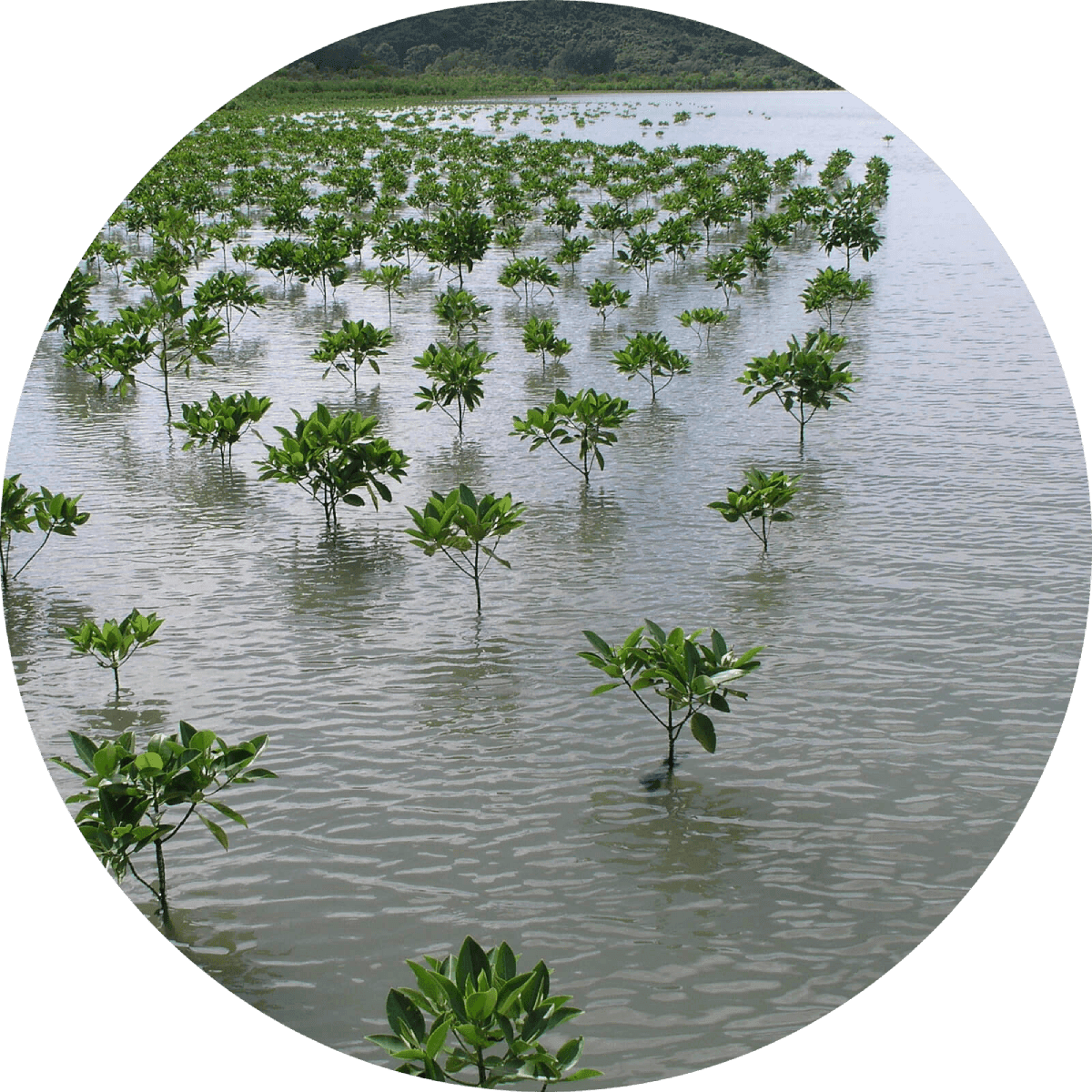
Learn how we can reduce our emissions and protect and restore species and habitats – around the world.

See how art can help us rethink the problems we face, and give us hope that each one of us can make a difference.
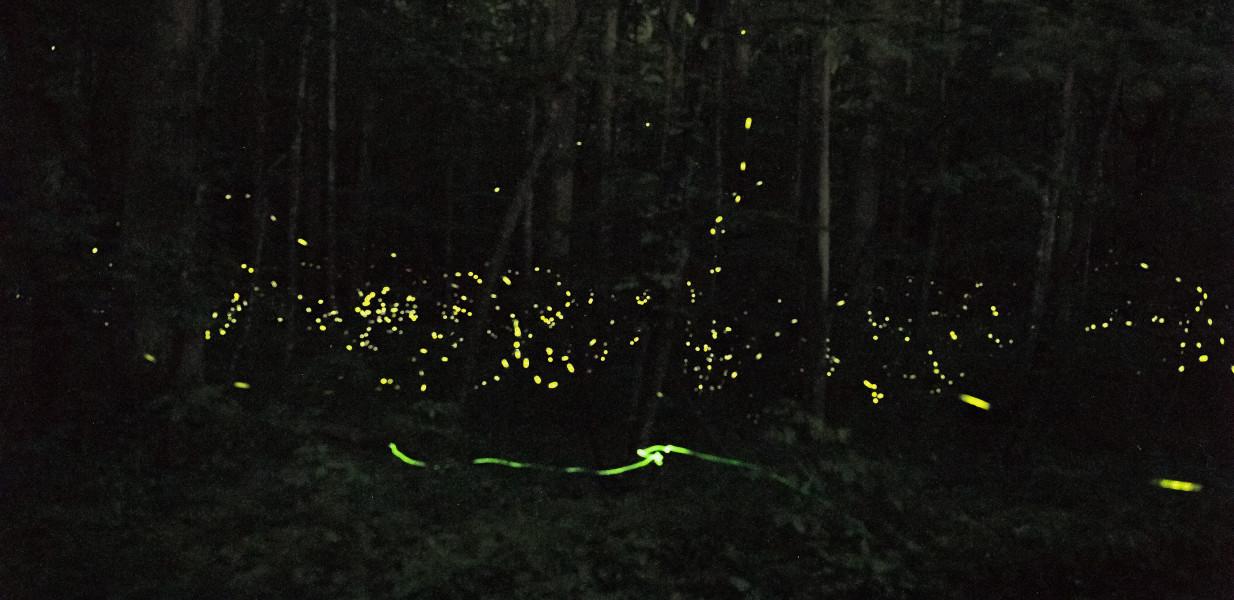
Help make a global memorial something personal and close to home. Share your stories of the natural world.
